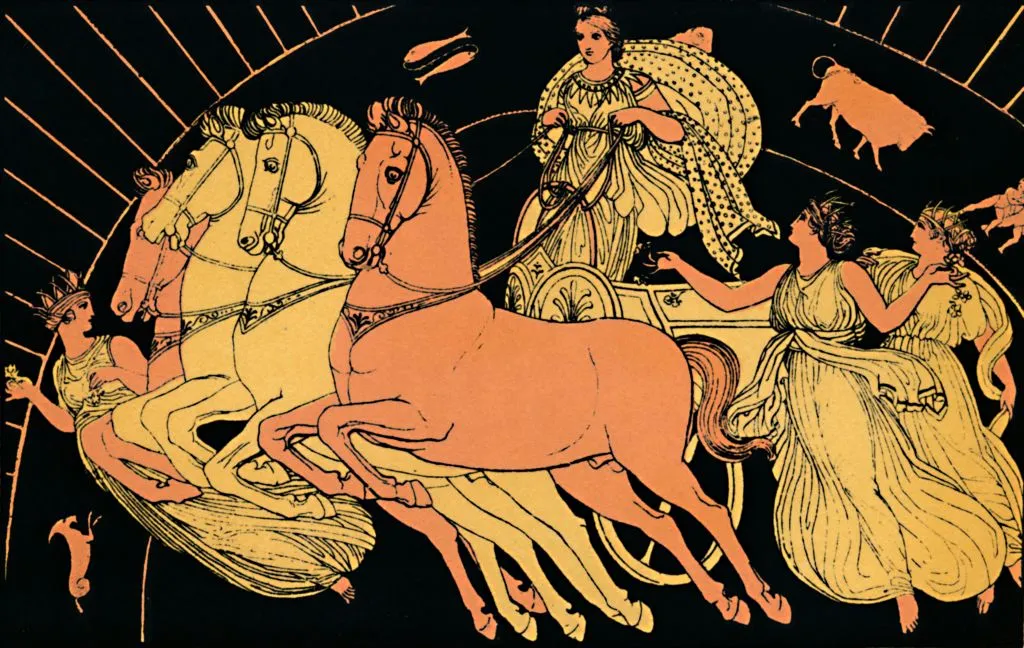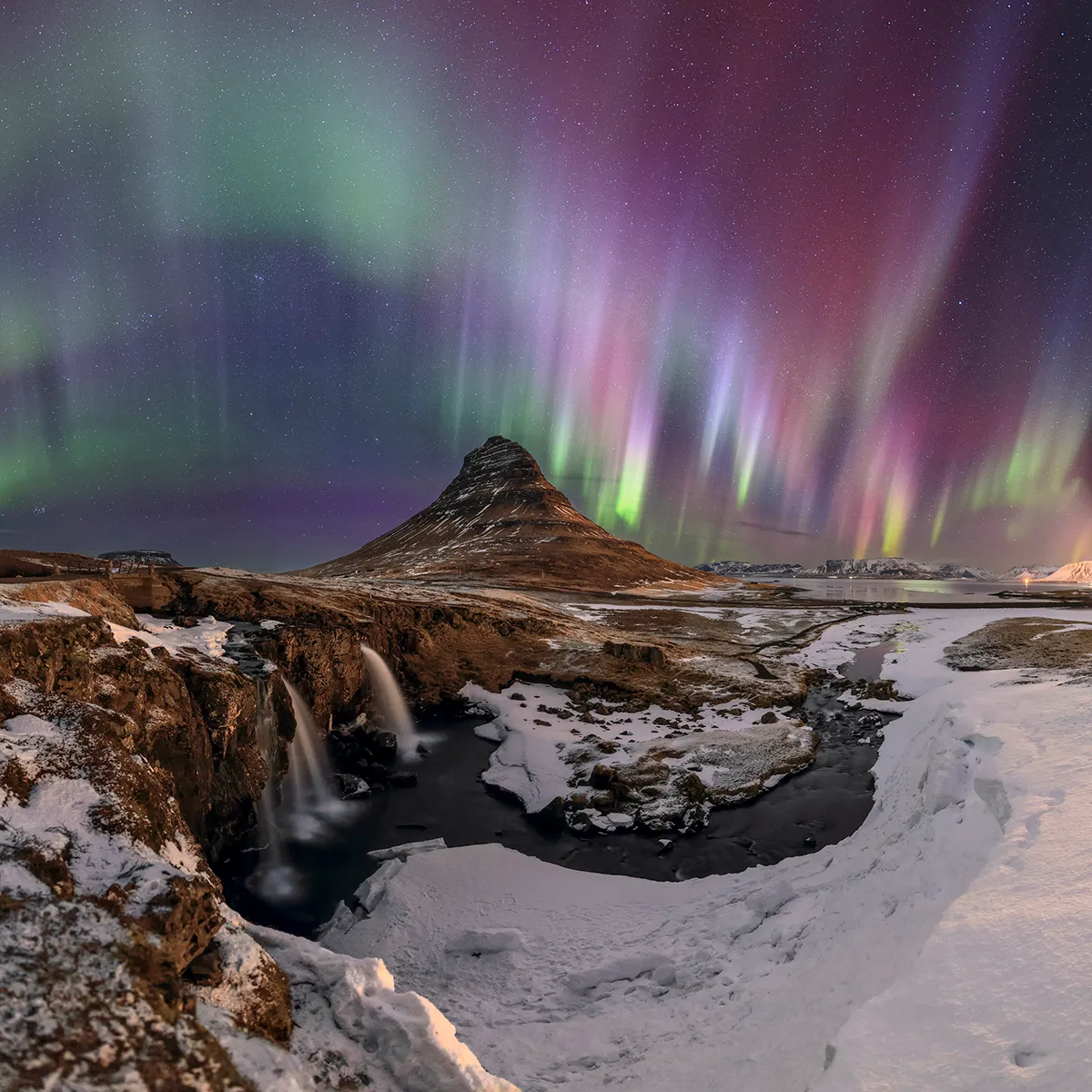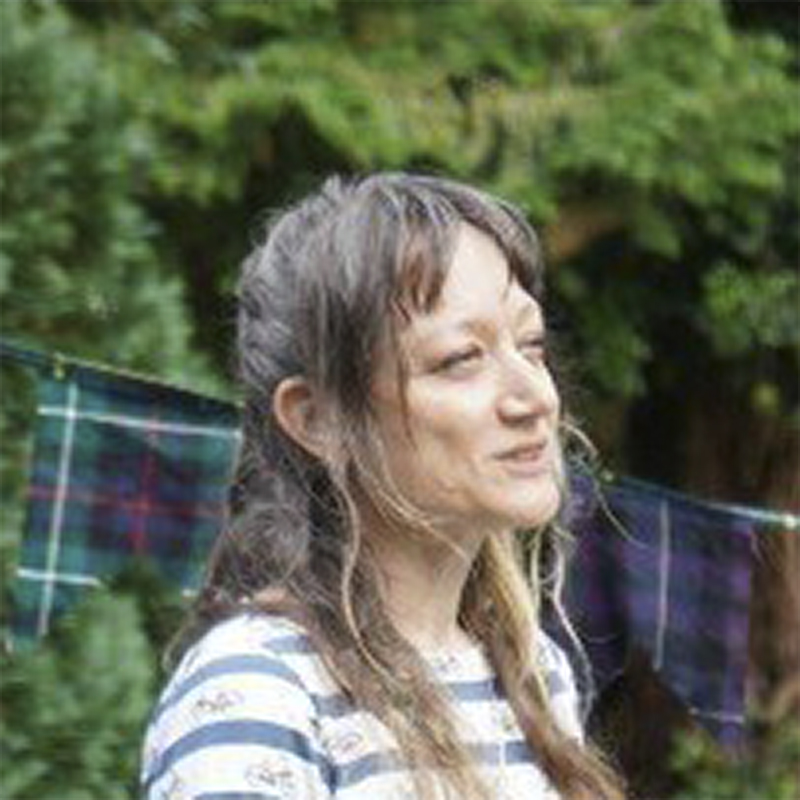This winter, I’ll be teaching poetry north of Inverness in Cromarty, best known for its lighthouse and as a sea area in the Shipping Forecast.
Its beacon of light no longer shines, but what I hope to see at night instead are the shimmering greens, pinks and reds of the Northern Lights, or aurora borealis.
I almost saw them once when on the Isle of Lewis.

My phone app alerted me to visible solar activity, so I got out of bed, went outside with my coat on over my pyjamas, and was met by a thick blanket of clouds.
Mentions of the Northern Lights in poetry have proved elusive too.
Nevertheless, when they appear, they span time and distance in mystical, magical or haunting settings.
I find them in 19th-century North America, where transcendentalist Walt Whitman muses on the meaning of life in his 1880 poem, ‘A Riddle Song’:
Rich as a sunset on the Norway coast, the sky,the islands, and the cliffs,
Or midnight’s silent glowing northern lights unreachable.
I return over the Atlantic to a Scottish mother writing about the loss of life.
In ‘To AHJ’, published in 1918, Violet Jacob describes the landscape of home, far from where her son Harry died at the Somme:
On Angus, in the autumn nights,
The ice-green light shall lie,
Beyond the trees the Northern Lights
Slant on the belts of sky.
I sail across ancient Greece’s wine-dark sea after the Trojan War in Homer’s epic, The Odyssey.
Each day is lit by the dawn goddess Eos riding across the sky. But because English translations often adopted Roman gods, such as in Alexander Pope’s 1726 version, I encounter Eos’s counterpart Aurora:
But when, from dewy shade emerging bright,
Aurora streaks the sky with orient light

The Greeks called the north wind Boreas, but it wasn’t until the Renaissance that the Northern Lights’ synonym was created by Galileo, who combined Aurora with the Latinised Borealis.
But those are not its only names. In Old Norse mythology it’s Bifrost, a bridge to the realm of gods where Odin, Thor and Loki reside.
Translated by Rasmus B Anderson in 1901, Snorri Sturluson’s medieval text The Prose Edda reveals:
The gods made a bridge from earth to heaven, which is called Bifrost? You must have seen it. It may be that you call it the rainbow. It has three colors

And it’s not only Nordic skies lit by mythical characters.
In northern Scotland, the lights are called the Mirrie Dancers.
In Scottish Gaelic they’re Na Fir-Chlis, the ‘nimble men’, which is also the name of a 1909 poem by Donald Mackenzie.
It incorporates folklore associated with the lights, in which a fairy ceilidh in the heavens turns into a conflict.
I discover Mackenzie was born and buried in, of all places, Cromarty.
And this fills me with hope that when I’m there, I’ll get to watch “as merrily flit the Nimble Folk across the Northern Sky”.
This article originally appeared in the March 2023 issue of BBC Sky at Night Magazine.
